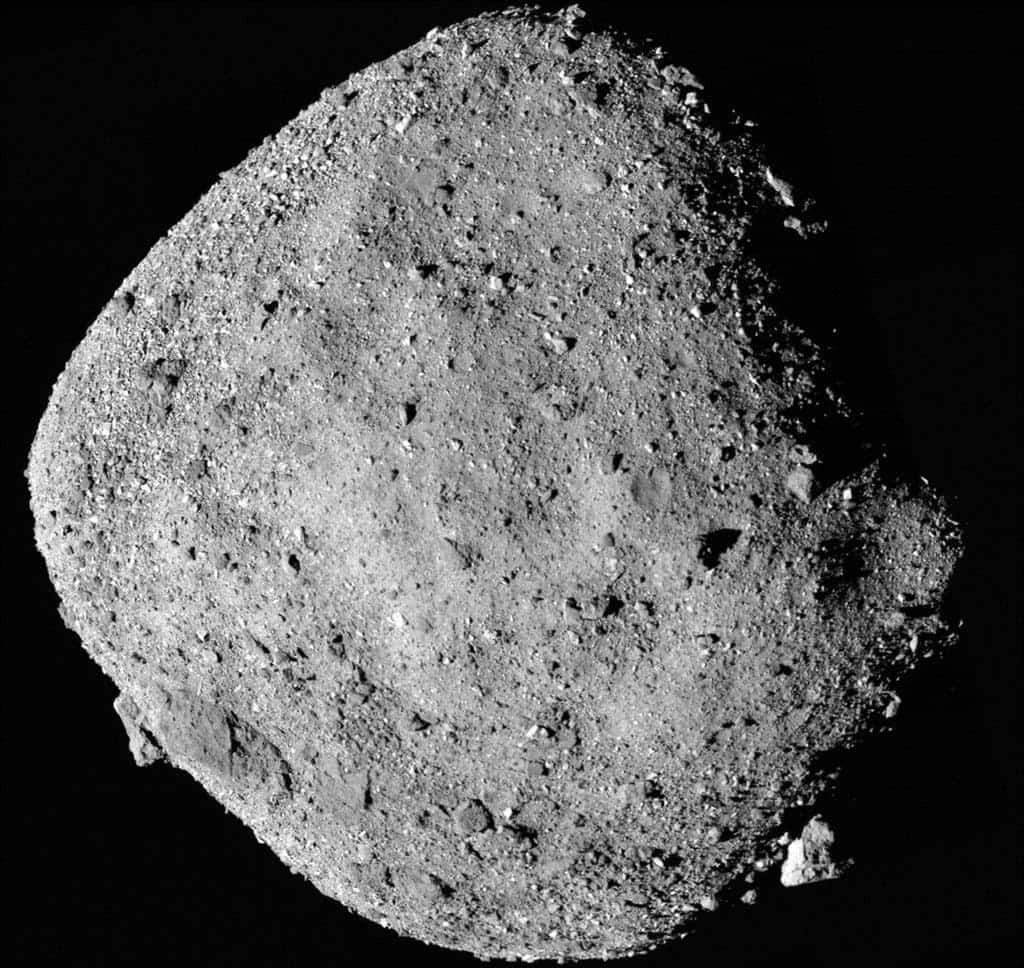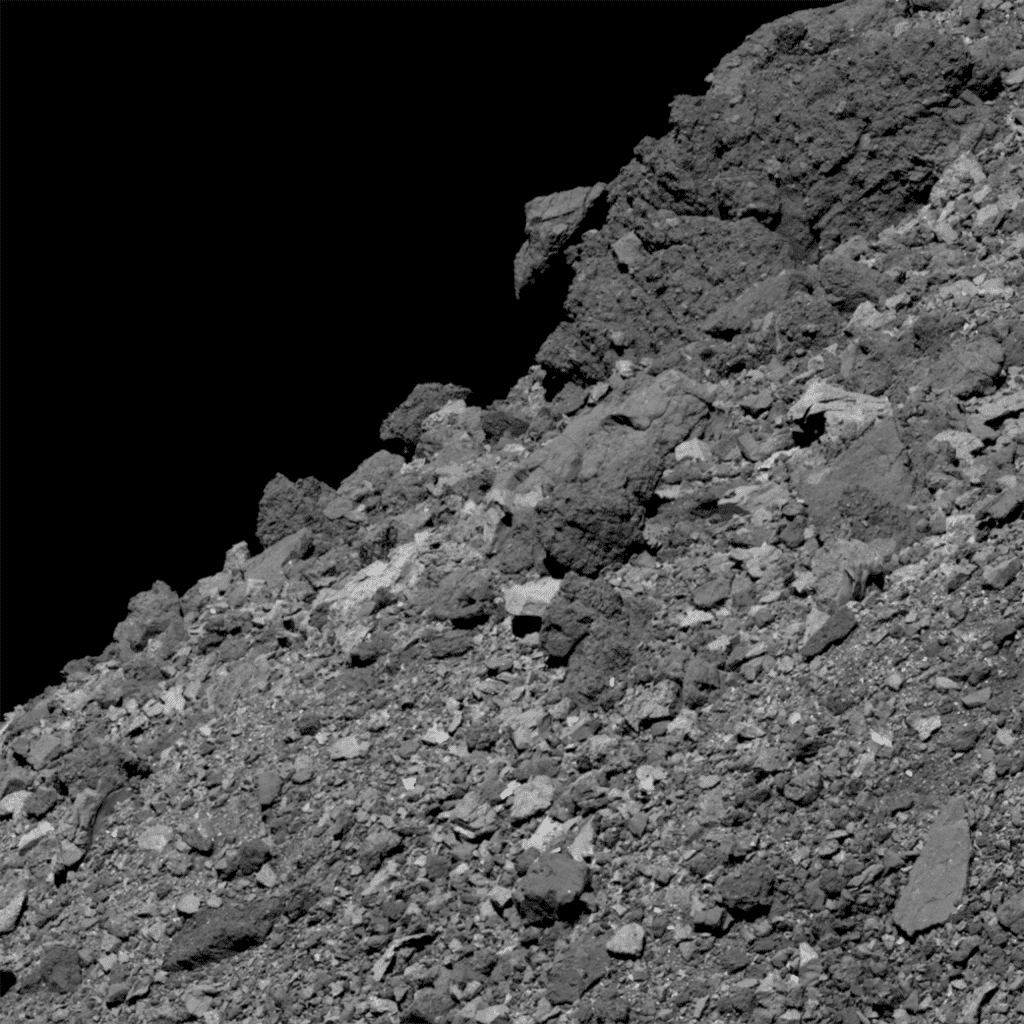Using more precise calculations of the asteroid’s trajectory, NASA updated the likelihood of Bennu hitting Earth within the next 300 years, and it’s a bit higher than the initial estimate. This shouldn’t keep you up at night though: there’s still a 99.94% probability that Bennu won’t hit Earth.

NASA’s OSIRIS-REx mission spent more than two years orbiting Bennu, and then landing a probe on it. With the orbit data and the sample obtained directly from the asteroid (which is currently heading back to Earth and will arrive in September 2023), we can understand Bennu better than ever before.
NASA considers Bennu and another asteroid called 1950 DA to be the most hazardous asteroids in our solar system. Discovered in 1999, Bennu has a mean diameter of 490 m (1,610 ft) and was studied extensively using telescopes. Bennu is a “rubble pile” asteroid — it’s not made of one single rock (or monolith), but rather consists of numerous bits that have coalesced under the influence of gravity.
Still, even though it’s not the biggest or toughest asteroid out there, if Bennu were to hit the Earth, it could cause quite a lot of damage.
If it were to hit the Earth, Bennu would produce a crater around 6 miles wide, devastating everything some 600 miles around it. But the odds of this happening are still very low.
Using new data from the OSIRIS-REx mission and integrating it with existing data on Bennu’s trajectory, researchers have predicted its path with unprecedented accuracy. They included the gravitational effect of not just the sun, the planets, and their satellites, but also the gravitational pull of tiny asteroids and the drag caused by interplanetary dust.
When they put everything together, they concluded that the asteroid has a 1 in 1,750 chance of impacting Earth through 2300 — so there’s no particular reason for concern, the researchers say.

The researchers have published their predictions in the journal Icarus, and they say the asteroid will make a close approach to Earth in 2135. Bennu will pose no danger at that time, but Earth’s gravity will alter the asteroid’s path around the sun and affect its possibility of coming back and going splat.
However, we’ve only discovered half of the potentially hazardous asteroids NASA expects to find in our solar system. The recently approved Near-Earth Object Surveyor Mission is expected to help us find the others.
In the meantime, NASA is also testing our asteroid planetary defense systems: in November, it will launch the first mission to see if a spacecraft can deflect a space rock and change its trajectory — a technology that could become useful should asteroids like Bennu actually hurdle their way towards Earth.
The study has been published in the journal Icarus.






